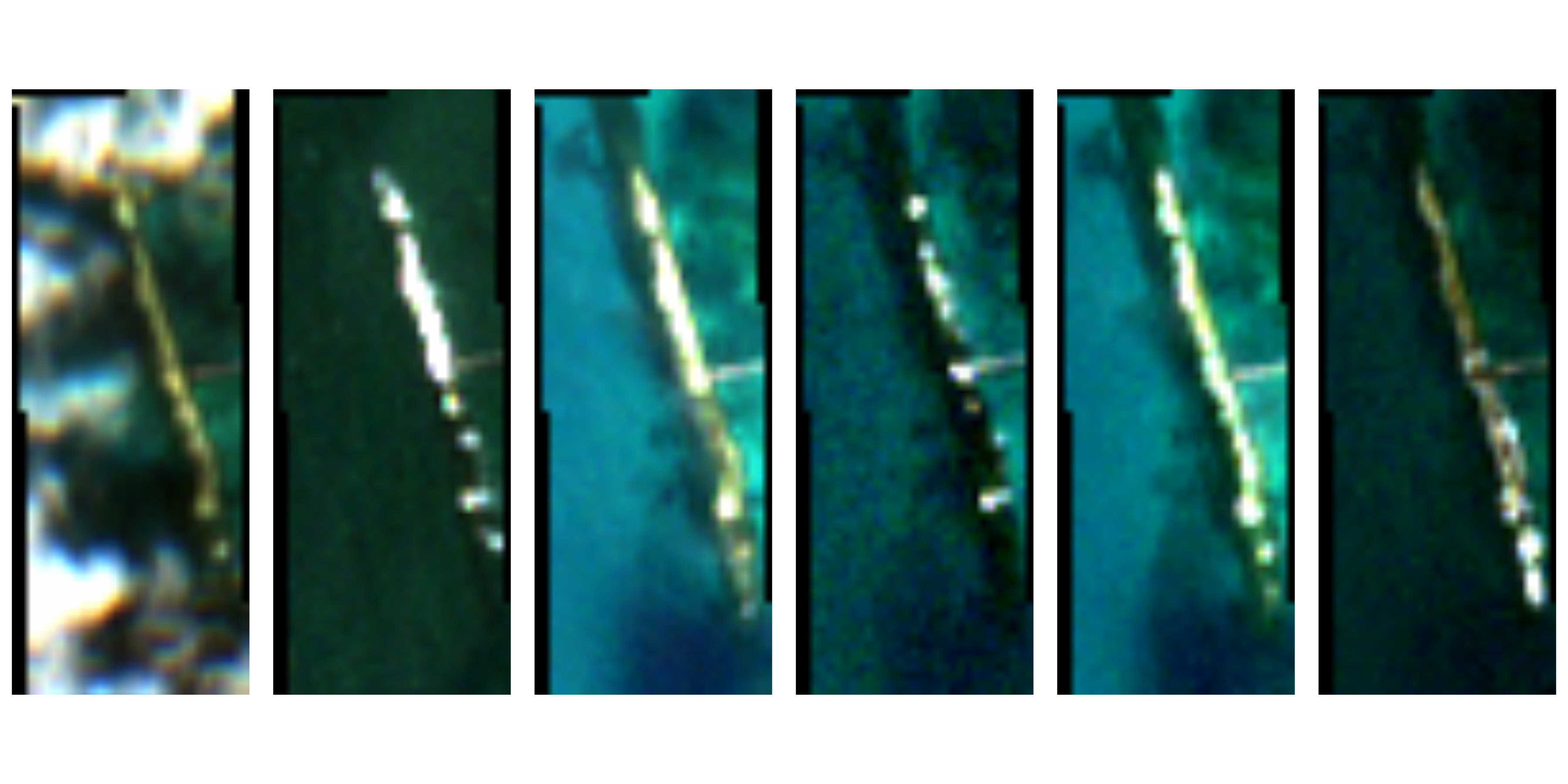One hundred years of Port Noarlunga and the reef
1925
These black and white photographs show people walking on the reef. Note how the ladder descends right down onto the reef! Crazy.
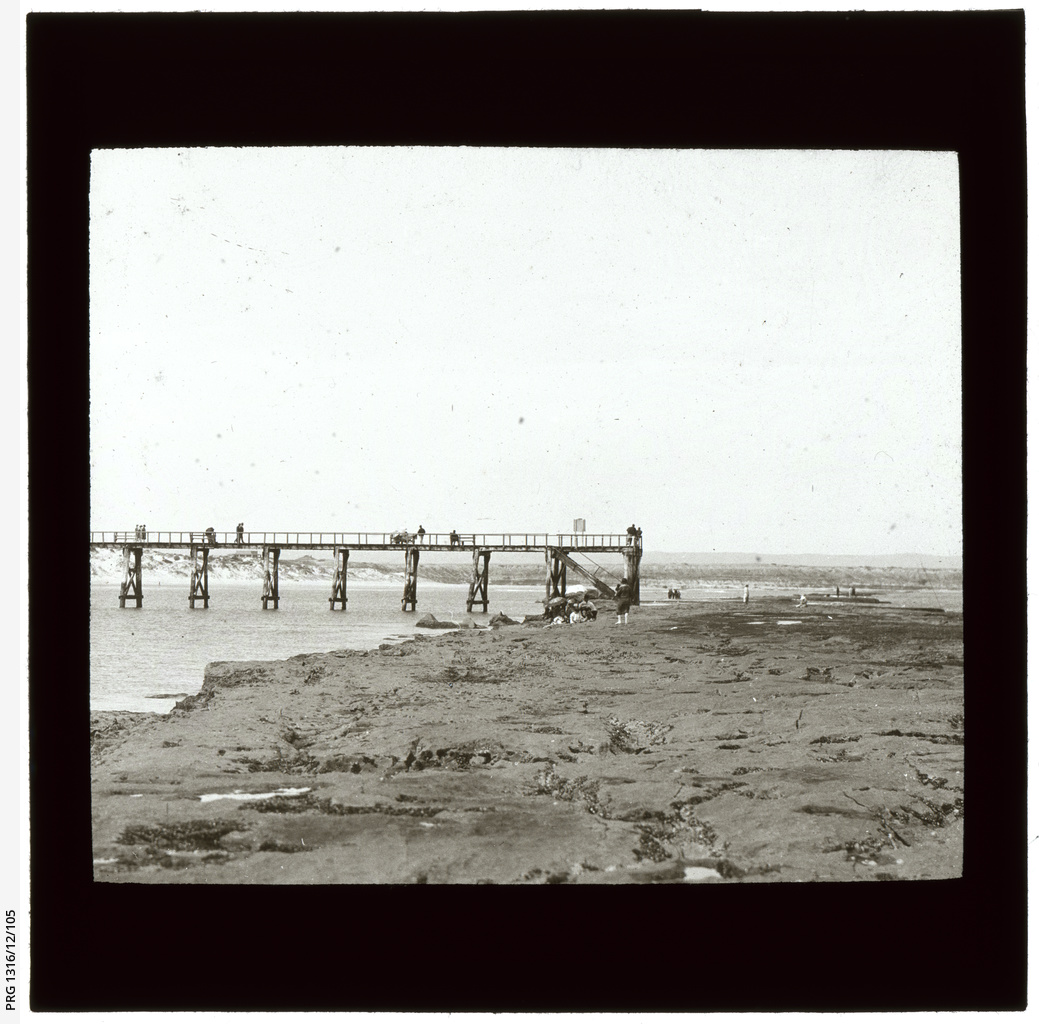
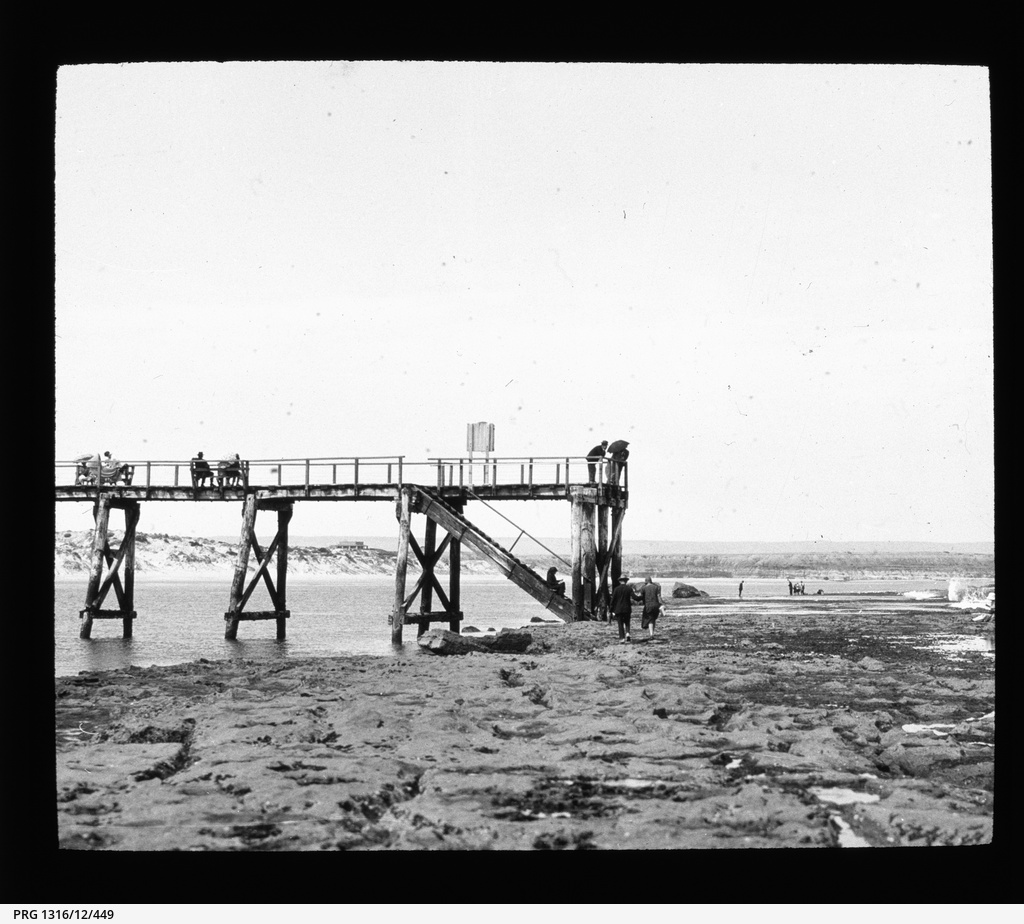
image credit: William Charles Brooker, available at state library; state library
1936
These black and white aerial (plane) photographs are from a military mapping mission on 4 March 1936. In the first one, you can see the reef and jetty on the left-hand side. In the second one, I’ve put a red asterisk in the approximate location of where my house and the rest of my suburb eventually went!
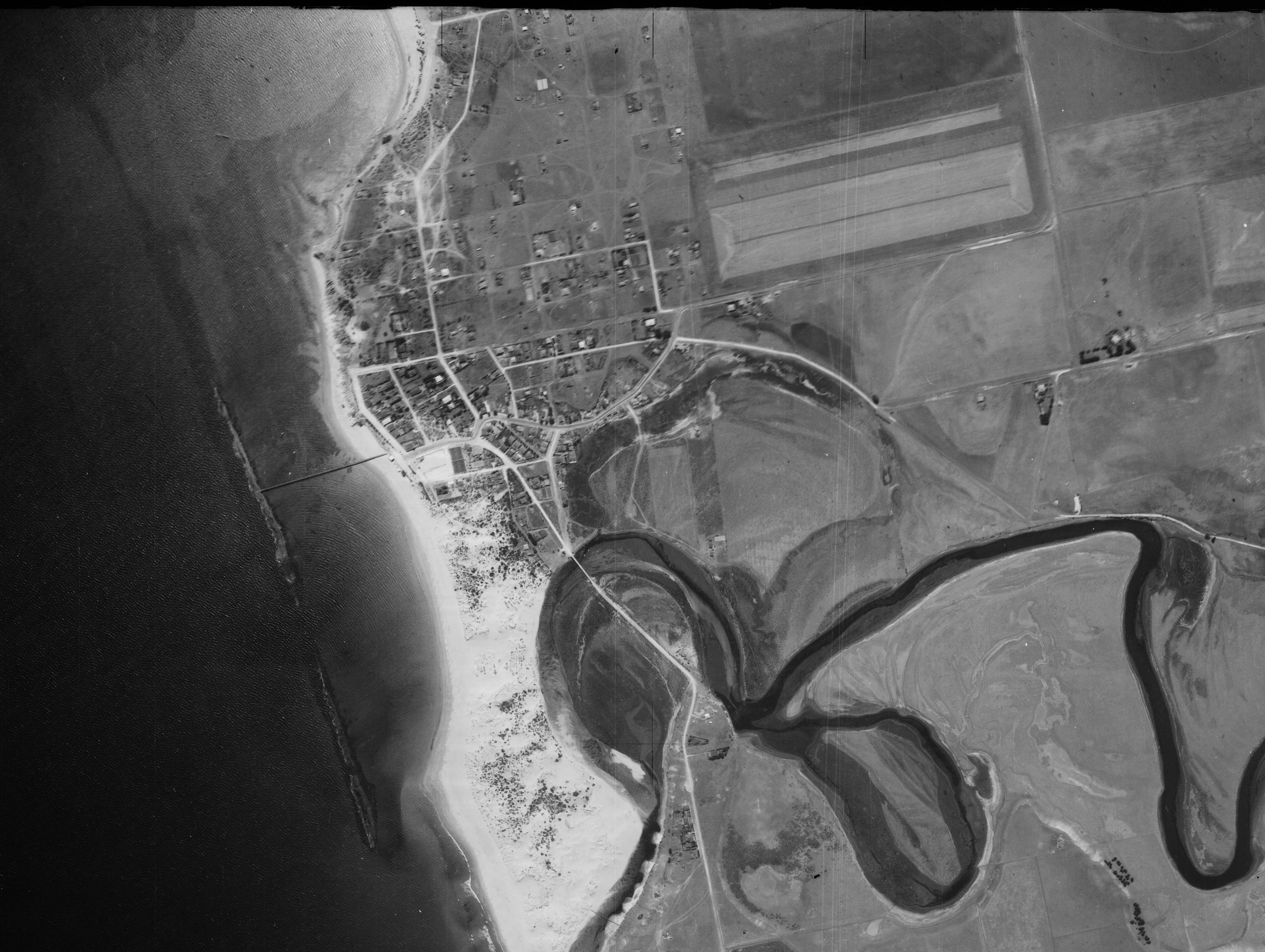
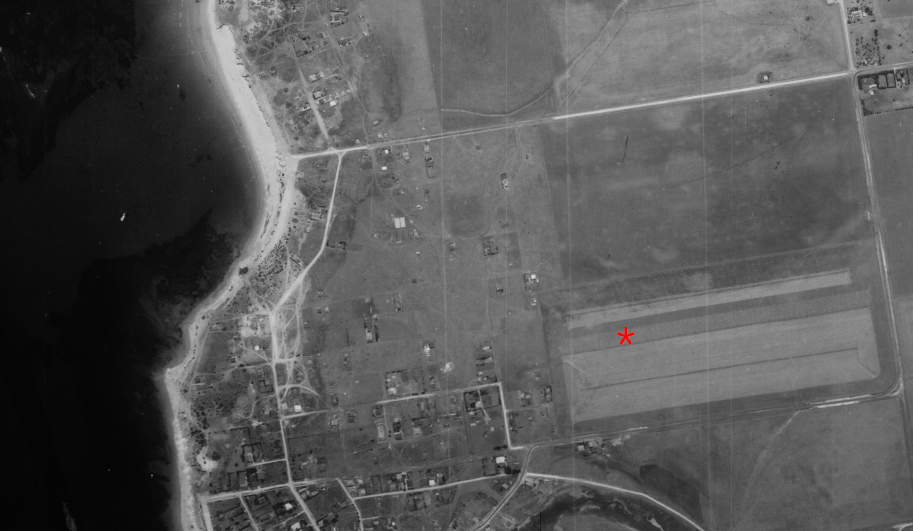
image credit: Federal government I guess, available here
1937
This is an aerial photograph, which seems to have been taken from a plane of some sort. The reef is in the background (north is towards the right of the photo). The foreground of this photo is roughly where I placed the asterisk in the previous photo.
image credit: Skyways, available at state library
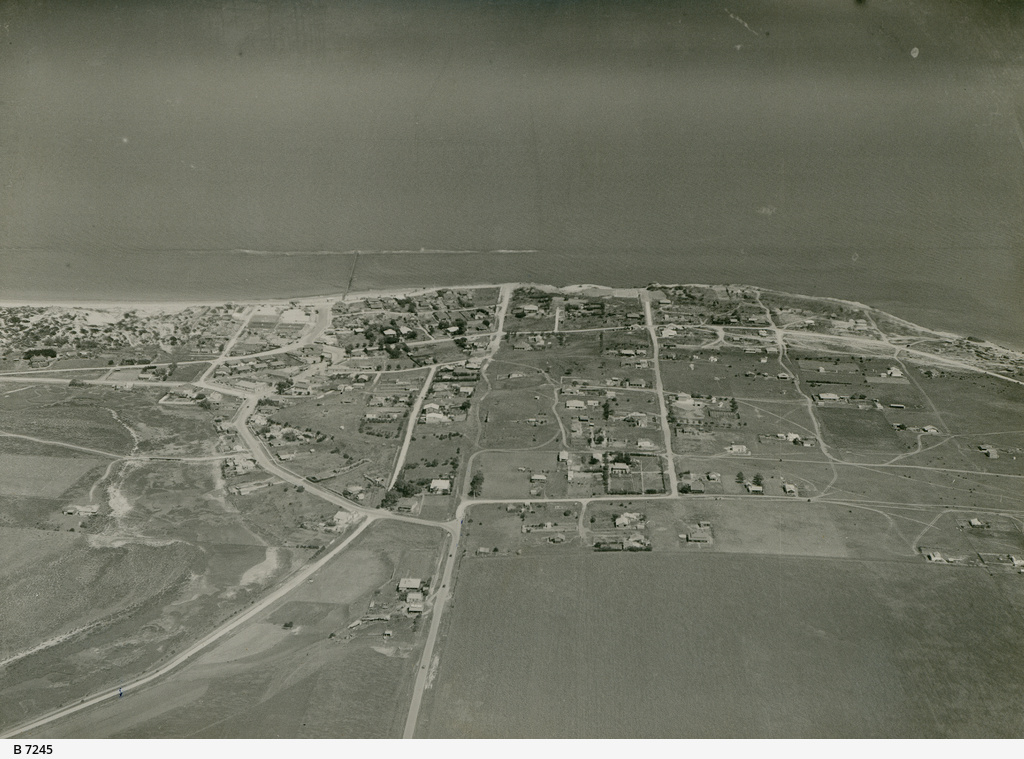
1940
These two black and white photos show enormous crowds in their suits, ties and hats!, walking on the reef. It’s crazy to me that they all have their formal clothes on. I guess this is what you get if you build the stairs to descend directly onto the reef. (These days you have to swim through at least a few metres of water to get there, and that’s if you cheat rather than swim the whole way out. A tuxedo would probably be an inconvenience.)
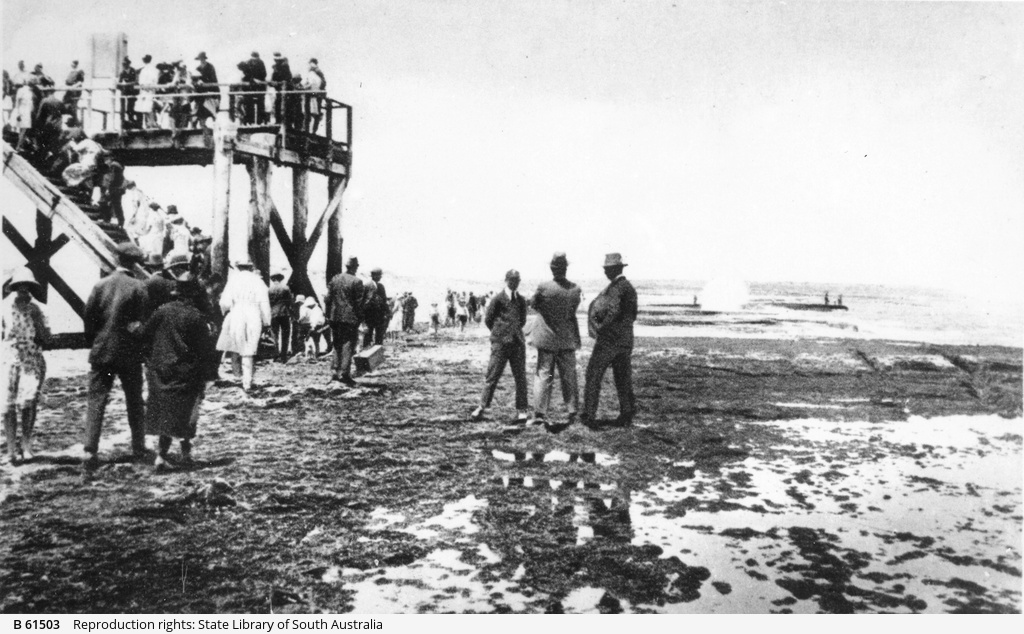
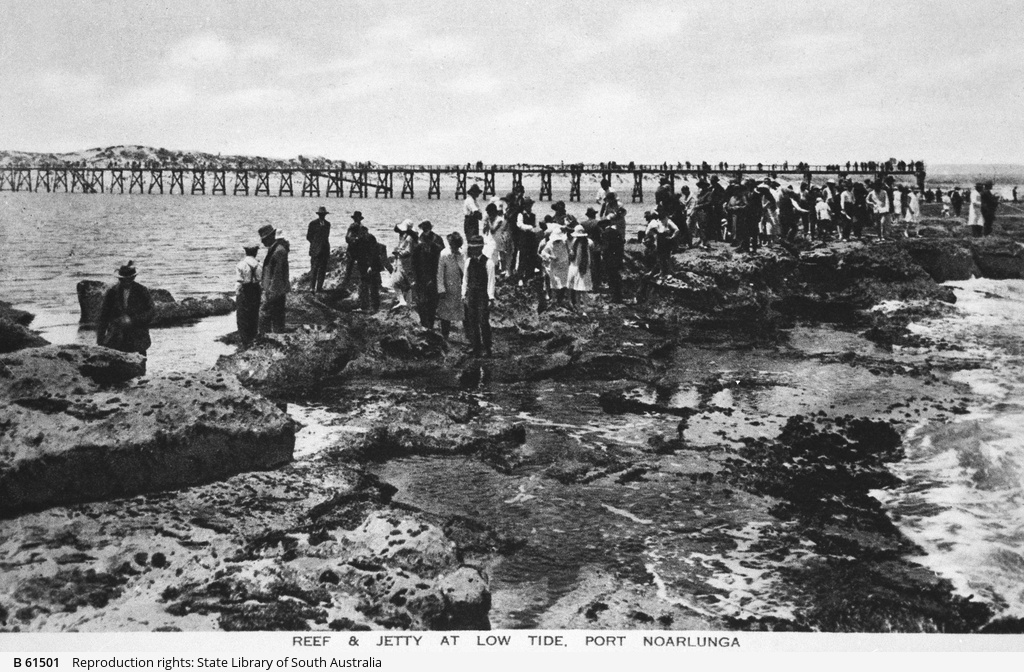
image credit: apparently these were printed as postcards, available at state library; state library
1969
Finally, colour! History has officially begun.
This colour photograph shows the reef. I figure that the photographer is standing with their back to the jetty and facing north (so the photographer from the above photos would be standing in the background of this photograph facing the viewer).
It’s very green. Despite this being from 1969, the reef looks very similar to how I remember it feeling during the early 2000s—you want to walk on the rocky bits, because the green bits are very slippery. On this photo, it’s hard to spot any mussels, but there were always thick layers of spiny black mussels that hurt to step on (but still better than slipping on the green bits).
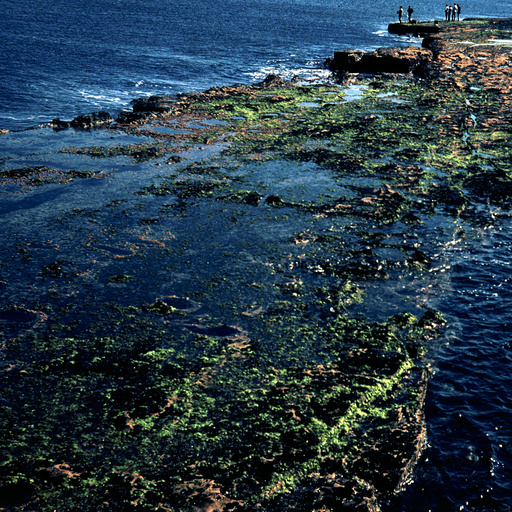
image credit: Bernice Mary Wenmouth, available at state library
Present day
These are also photographs taken from a plane (or possibly a drone). There’s not much detail about when these photographs were taken, but they are clearly within the past few years—I’d guess within the past 5 years.
Here is a broad view, plus a zoomed in view of the reef.
A few things to note:
- The surface of the reef is clearly bare and dry, not green as in the above image. This might be seasonal; no self-respecting aquatic plant would be hanging around exposed to the air during the middle of an Australian summer. It could also be environmental degradation, as there is good evidence that Australia’s temperate aquatic plants have experienced declines in extent due to human activity. In this case, I suspect there might be a bit of both at play.
- The jetty no longer descends directly onto the reef. (The reason is that the end of the jetty has been damaged and rebuilt several times—this is something of a local oral saga. I have some home videos taken at the beach in 1999, and at this point the jetty no longer descends directly onto the beach.) This might account for the distinct lack of tuxedos.
- If you look closely at the broad-view photograph, you can tell that somebody has bulldozed all that ugly farmland and put up some nice, well-developed suburbs and roads instead.
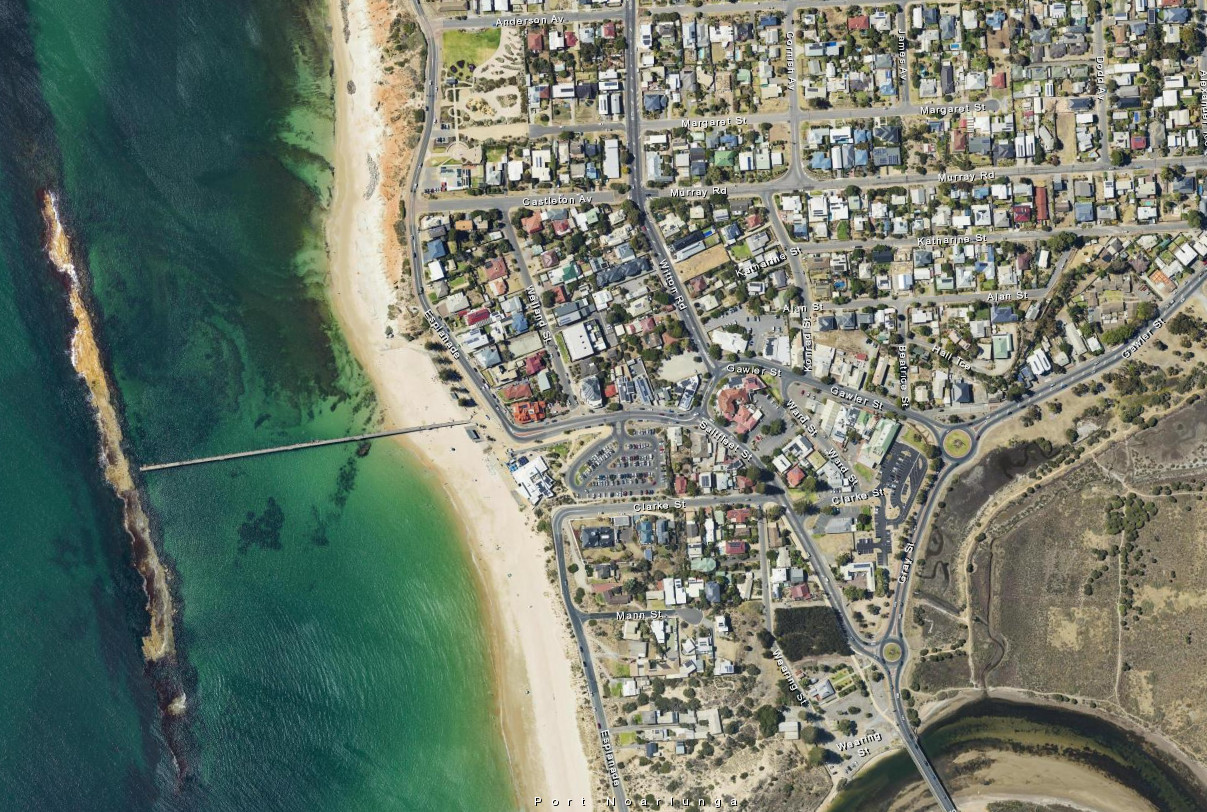
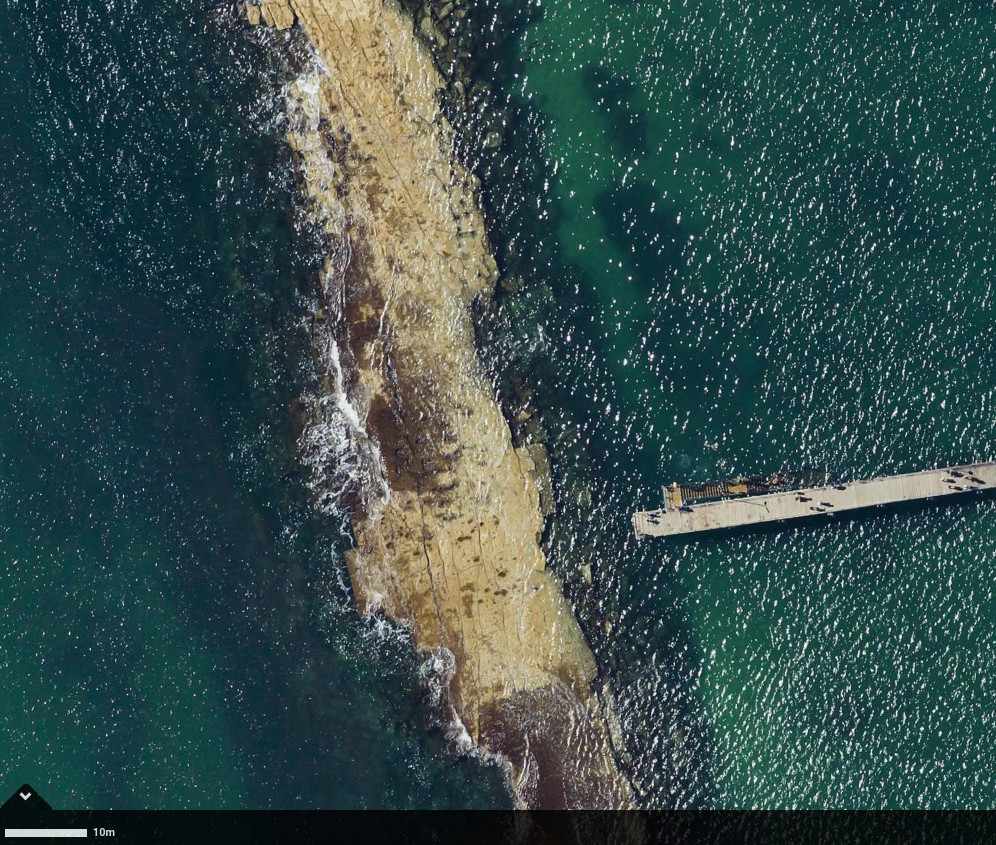
I took these from this South Australian government website.
And finally, some satellite images. These are from the European satellite mission Sentinel-2, so the pixel size is 10 metres; that’s very bloody good for free satellite imagery (seriously! please support your local European Union), but still not super clear for looking at this relatively small scene.
You could actually use these images to measure exactly how much green plant cover the reef has had over time. But I’m not going to, because today is my day off.
The top of each photograph is the northmost extent of the reef. You can see the jetty poking into the photograph on the right-hand sides. From left to right: summer 2022, winter 2022, summer 2023, winter 2023, summer 2024, and winter 2024.
